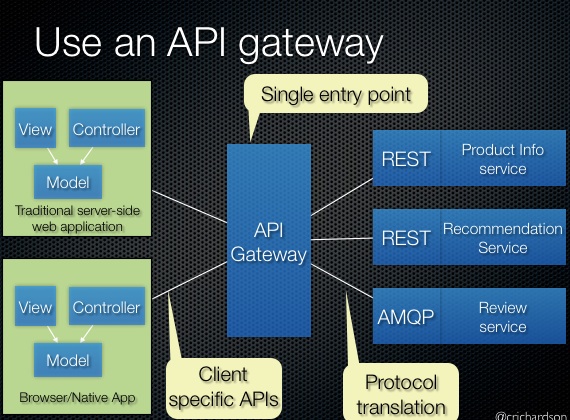Haproxy Is A Api Gateway Pattern
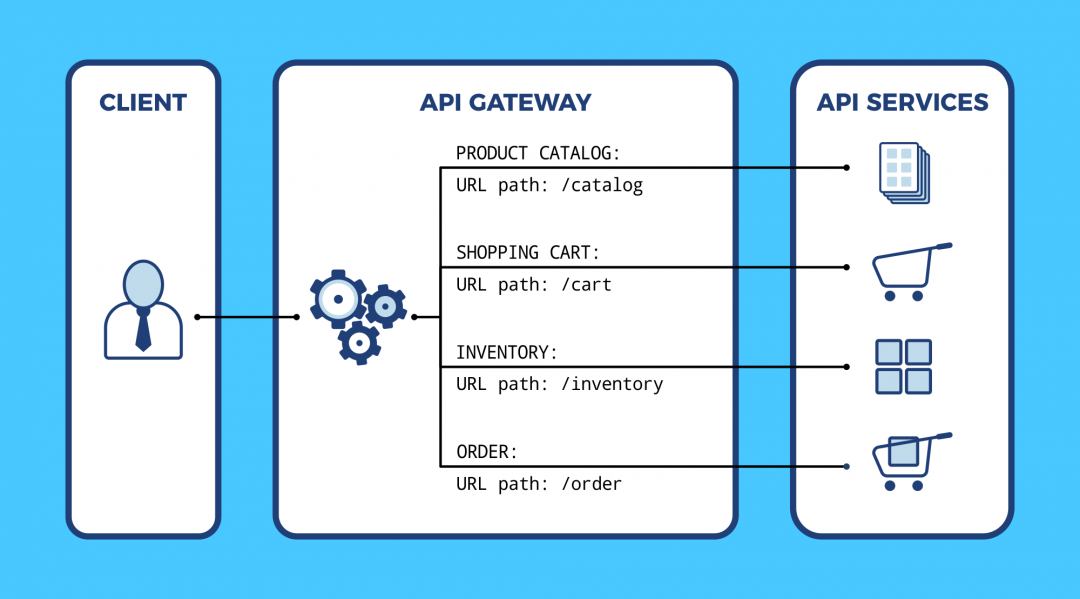
In the sprawling landscape of modern application architecture, where microservices reign supreme and user experience hinges on seamless connectivity, the role of the API gateway has become undeniably critical. As organizations grapple with managing complex webs of services, a familiar name has emerged as a robust and versatile solution: HAProxy. Increasingly, HAProxy is not just a load balancer, but a full-fledged API gateway, capable of handling the intricate demands of modern application delivery.
HAProxy's evolution into an API gateway represents a significant shift in how organizations approach application infrastructure. It addresses the core challenges of managing, securing, and optimizing API traffic, offering a compelling alternative to dedicated API gateway solutions. This article will delve into the capabilities of HAProxy as an API gateway, exploring its strengths, weaknesses, and the impact it's having on the industry.
Understanding the API Gateway Pattern
The API gateway pattern acts as a central point of entry for all client requests, decoupling clients from the complexities of the backend services. It handles tasks such as routing, authentication, authorization, rate limiting, and request transformation. By centralizing these concerns, the API gateway simplifies the architecture, enhances security, and improves the overall performance of the application.
Without an API gateway, each client would need to communicate directly with multiple backend services, leading to increased complexity and potential security vulnerabilities. The gateway shields the backend from external clients, providing a single point of contact and allowing for easier management and scaling of services.
HAProxy's Capabilities as an API Gateway
While traditionally known as a load balancer, HAProxy possesses a rich feature set that allows it to function effectively as an API gateway. It can handle a variety of tasks crucial for API management, including request routing based on URL, headers, or other criteria.
HAProxy offers robust authentication and authorization capabilities, allowing organizations to secure their APIs effectively. It supports various authentication methods, including Basic Auth, OAuth, and JWT (JSON Web Token) validation.
Furthermore, HAProxy can perform rate limiting, preventing abuse and ensuring fair usage of API resources. This is crucial for maintaining the stability and availability of backend services, especially during periods of high traffic.
HAProxy's ability to perform request transformation is another key feature in its role as an API gateway. It can modify requests and responses, adapting them to the specific needs of the client or backend service.
Authentication and Authorization
HAProxy supports various authentication and authorization mechanisms. It can integrate with external authentication servers using protocols like OAuth 2.0 and OpenID Connect.
By validating tokens or credentials at the gateway level, HAProxy ensures that only authorized users can access protected APIs. This centralizes security enforcement and reduces the burden on individual backend services.
Rate Limiting and Traffic Management
HAProxy's rate limiting capabilities are essential for protecting backend services from overload. It can be configured to limit the number of requests from a specific IP address, user, or API key.
This helps to prevent denial-of-service attacks and ensures that API resources are available to legitimate users. HAProxy also provides advanced traffic management features, such as load balancing and health checks, further enhancing the reliability of the API infrastructure.
Request and Response Transformation
HAProxy's ability to transform requests and responses is crucial for adapting APIs to different client requirements. It can modify headers, add or remove parameters, and even rewrite the entire request body.
This allows organizations to expose a consistent API interface to clients, regardless of the underlying backend service implementation. It simplifies client development and reduces the need for clients to understand the intricacies of each backend service.
Advantages of Using HAProxy as an API Gateway
Using HAProxy as an API gateway offers several advantages. Performance is a key benefit, as HAProxy is known for its high speed and efficiency.
HAProxy is lightweight and highly configurable, allowing organizations to tailor it to their specific needs. It can be deployed on a variety of platforms, including bare metal servers, virtual machines, and containers.
Cost-effectiveness is another significant advantage. HAProxy is open-source software, meaning there are no licensing fees associated with its use.
Furthermore, HAProxy is widely used and well-documented, making it easy to find resources and support. Its widespread adoption also contributes to a strong community that actively contributes to its development and improvement.
Challenges and Considerations
While HAProxy offers compelling advantages as an API gateway, there are also challenges to consider. Compared to dedicated API gateway solutions, HAProxy might require more manual configuration.
Organizations need to have a deep understanding of HAProxy's configuration language and features to effectively utilize it as an API gateway. Monitoring and logging also require careful configuration to ensure proper visibility into API traffic and performance.
Additionally, implementing complex API management features, such as API versioning and detailed analytics, might require custom scripting or integration with external tools. Organizations should carefully evaluate their requirements and assess whether HAProxy provides the necessary features out-of-the-box or if additional customization is needed.
The Future of HAProxy as an API Gateway
The trend of using HAProxy as an API gateway is likely to continue as organizations seek more flexible and cost-effective solutions. HAProxy's ongoing development and the increasing adoption of microservices architecture will further drive its adoption in this role.
The HAProxy community is actively working on enhancing its API gateway capabilities, adding new features and improving existing ones. Integration with other tools and platforms will also play a crucial role in expanding HAProxy's reach as an API gateway.
As the demands of modern application architecture continue to evolve, HAProxy is well-positioned to remain a key player in the API gateway landscape, offering a powerful and versatile solution for managing and securing API traffic.
The flexibility and performance of HAProxy make it an attractive option for organizations looking to build robust and scalable API infrastructure.
![Haproxy Is A Api Gateway Pattern Using HAProxy as an API Gateway, Part 5 [Monetization]](https://www.haproxy.com/assets/posts/image2-1-(1).png)
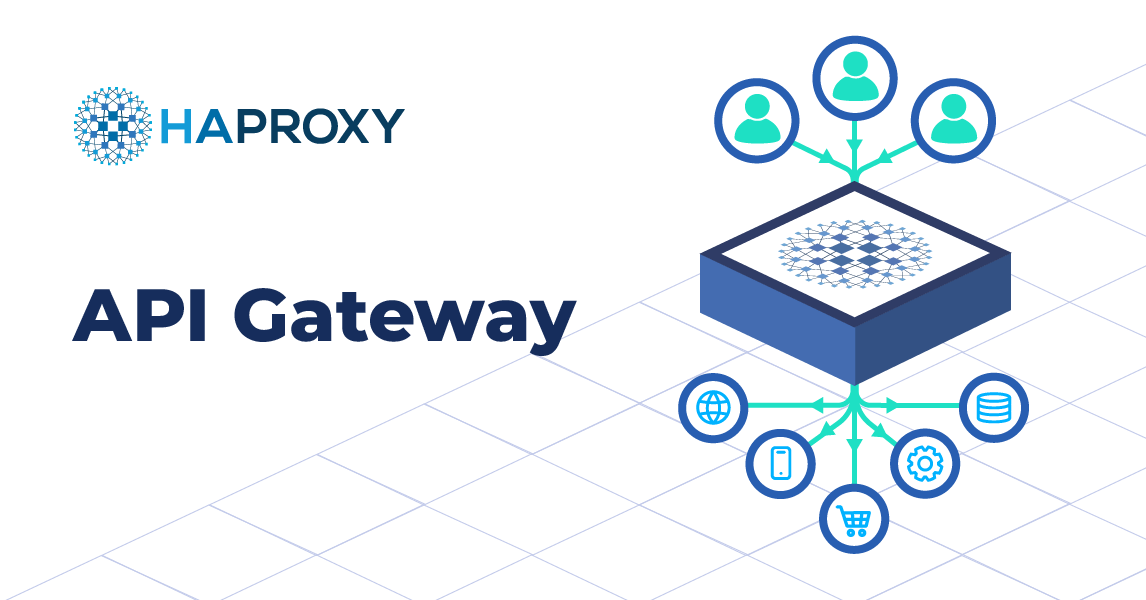
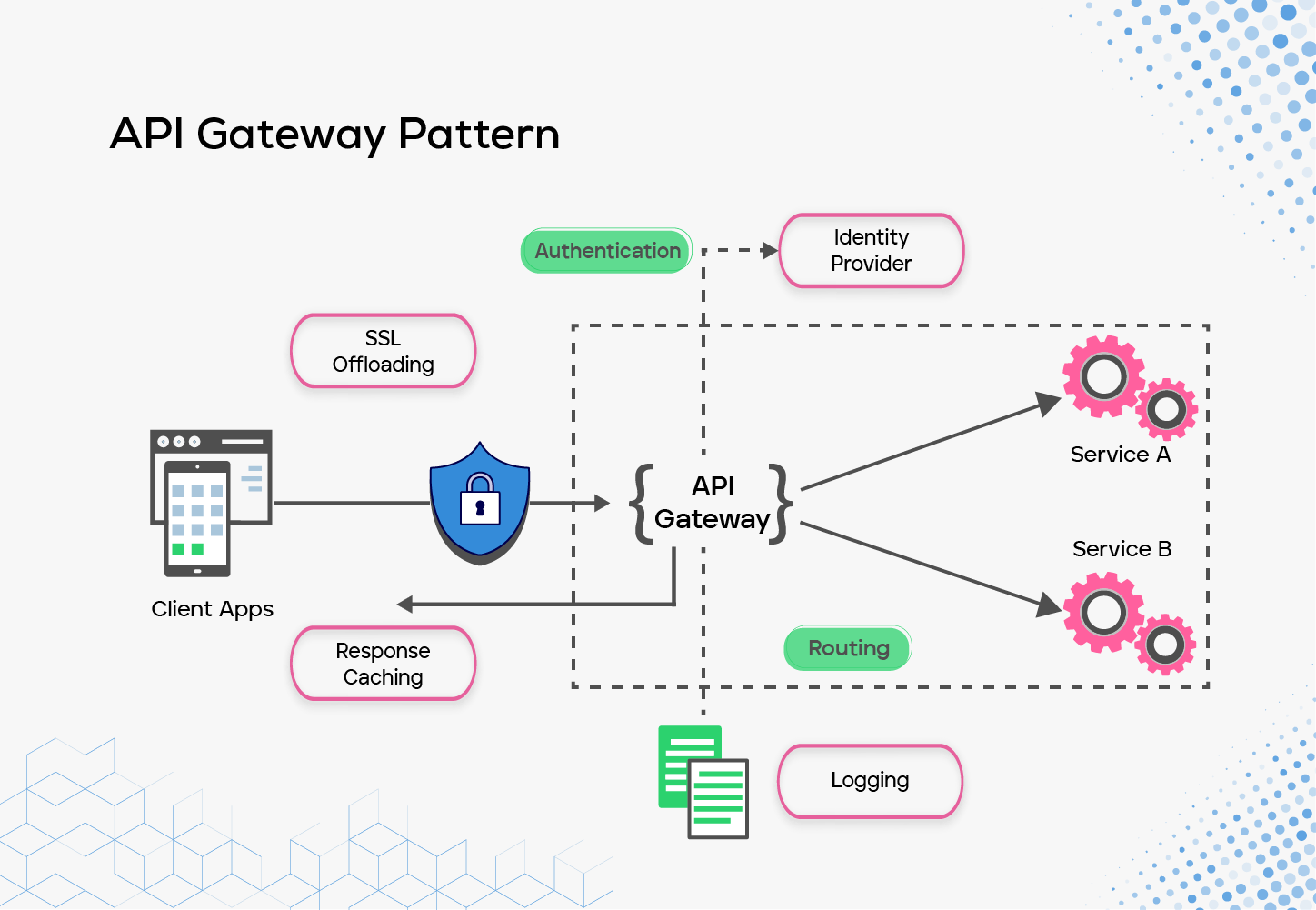
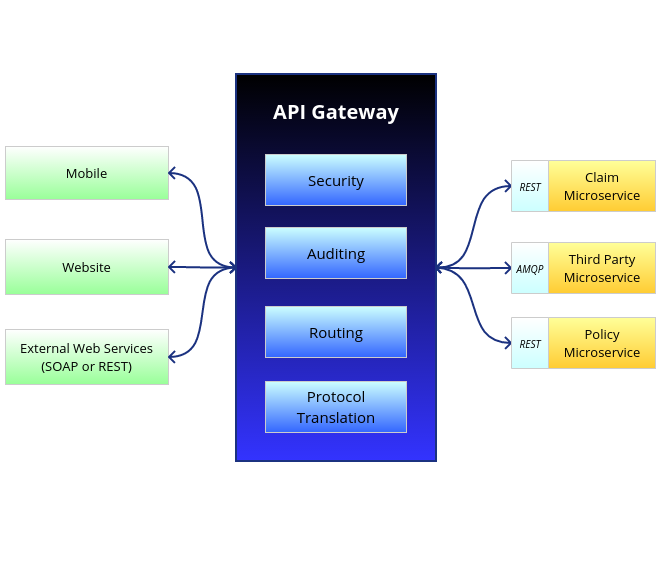
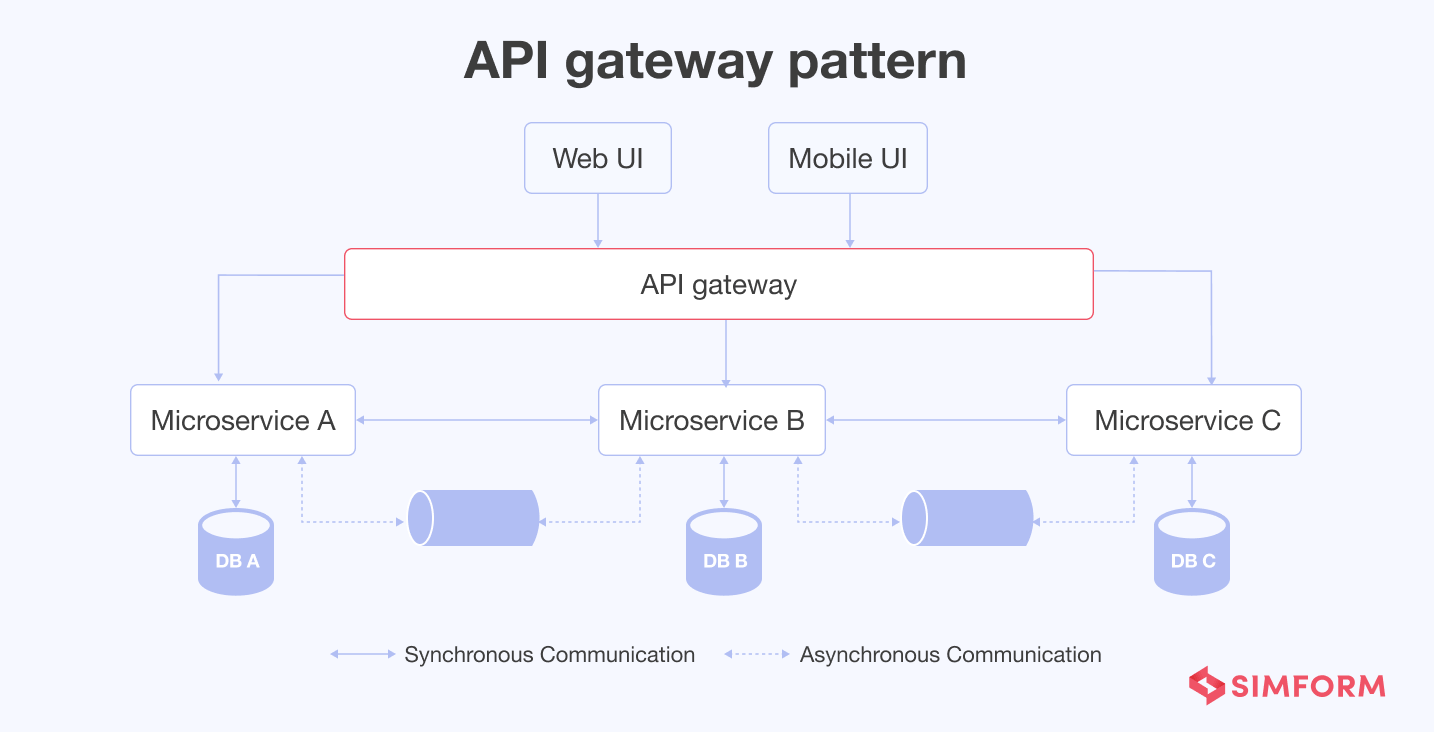



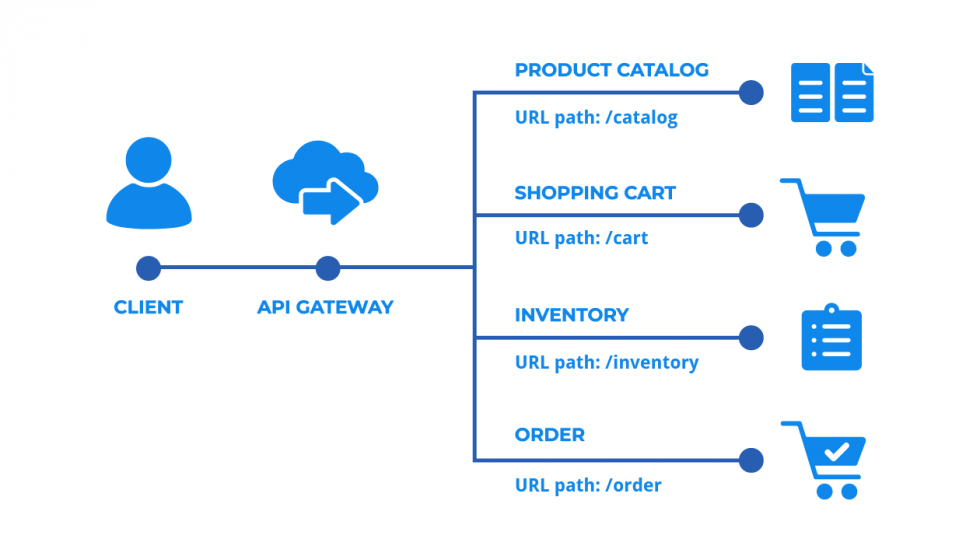
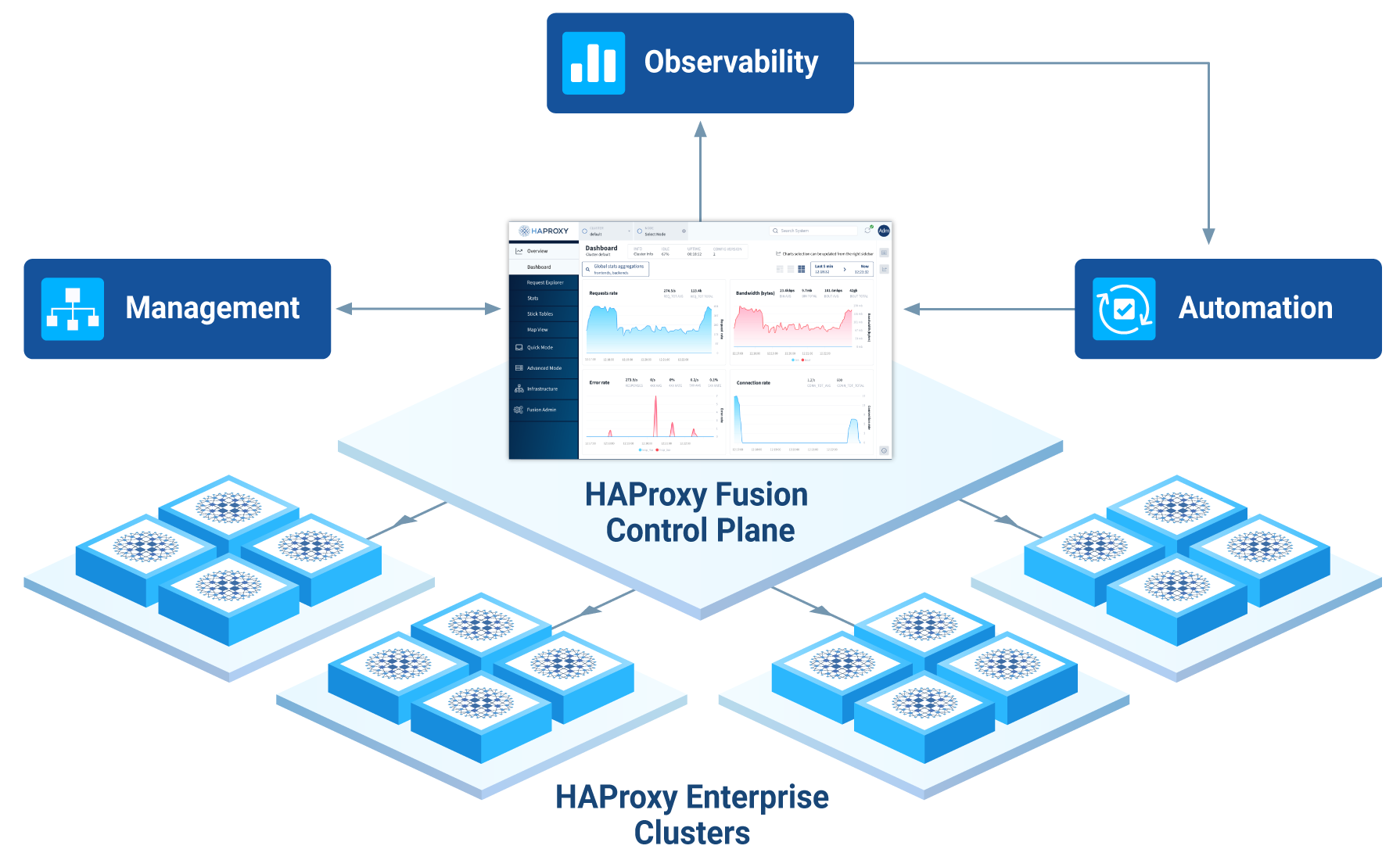

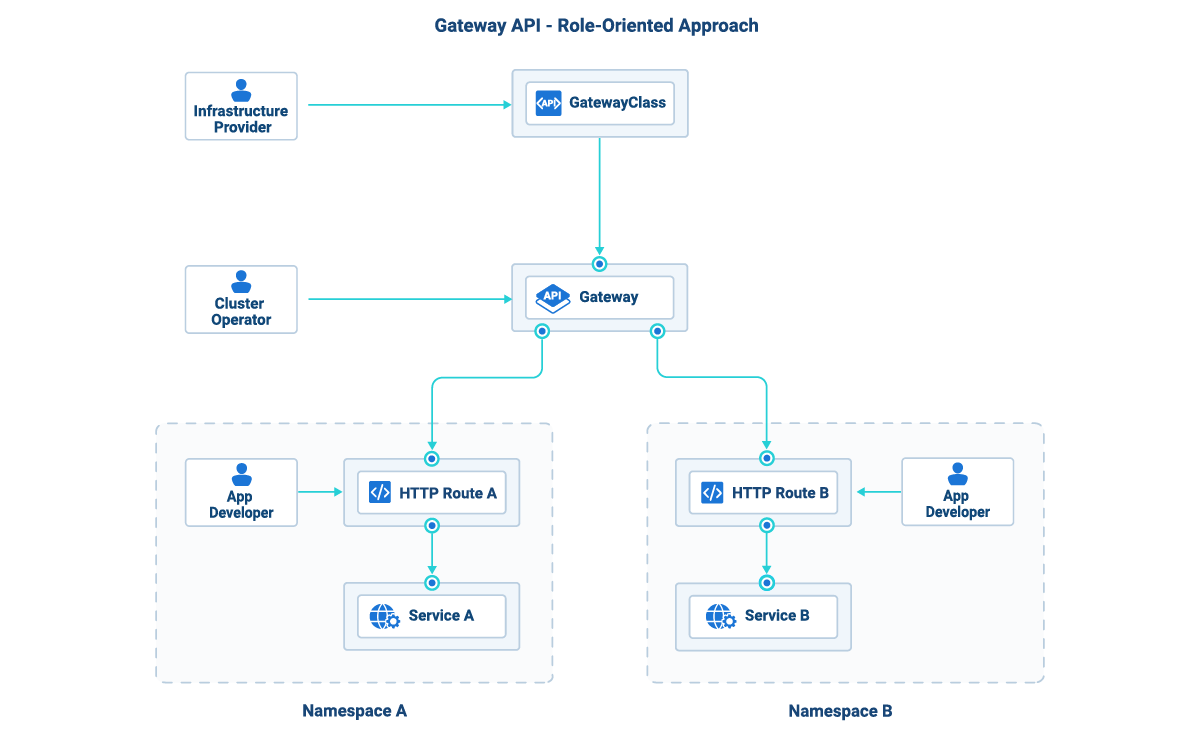
![Haproxy Is A Api Gateway Pattern Using HAProxy as an API Gateway, Part 5 [Monetization] - HAProxy](https://cdn.haproxy.com/wp-content/uploads/2021/03/image3-1.png)

![Haproxy Is A Api Gateway Pattern Using HAProxy as an API Gateway, Part 1 [Introduction]](https://www.haproxy.com/assets/posts/2022/api-gateway-pt1/haproxy-grafana-prometheus-1080x423.png)

![Haproxy Is A Api Gateway Pattern Using HAProxy as an API Gateway, Part 6 [Security] : r/haproxy](https://external-preview.redd.it/jOU0pdpzFT92hZV6ODmTbaCGklEBRV-sadYsg_SMPQA.jpg?auto=webp&s=7c83c3d198dbae4d7afddabde59382797259c761)
